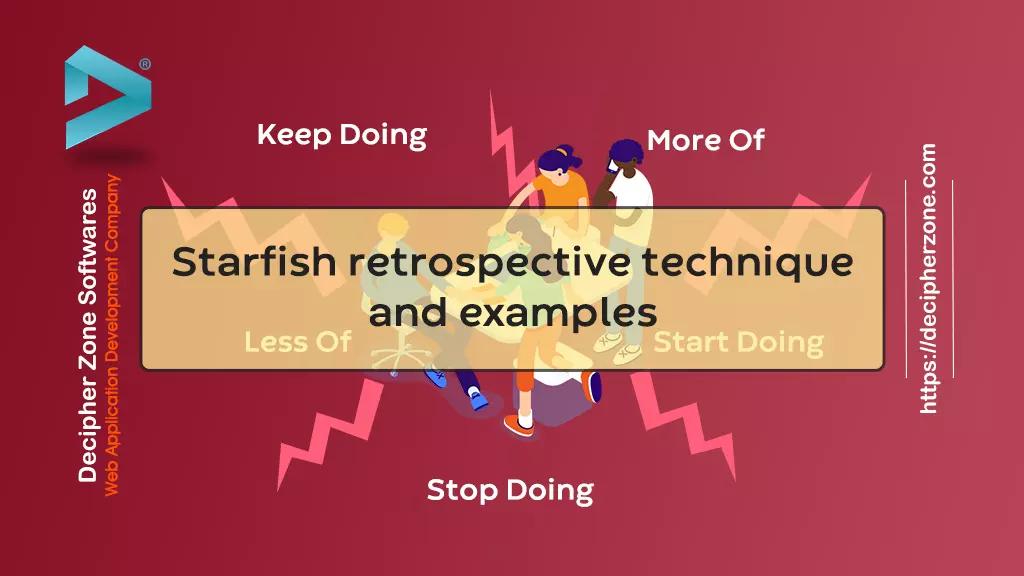Starfish retrospective technique and examples. A retrospective is a very good risk management strategy that everyone needs to evolve as a team even if they do not follow agile methodologies. The ceremony helps you identify the impediments in your work and removing them to speed up the work in progress. The question arises why senior management will incorporate retrospective ceremony, how to conduct it, what questions to ask, who should ask these questions and to whom.
The senior management mostly stays disconnected with team members working at the lowest level of the organizational hierarchy. The retrospective is a ceremony that connects them to these teams’ members after a regularized time interval where they can get to know the problems teams are facing. If senior management gets these problems fixed as soon as possible then it will ramp up the speed of work being done by these teams.
What senior management can expect to get out of retrospectives?
The retrospective ceremony is based on an evolution of the typical three questions that are used for recognizing the pet peeves:
-
What went well?
-
What did not go well?
-
What should be improved?
Although they want the answer to these questions but they are not structured well enough to be asked by individual members so that they can get deep insights about the problems. Hence retrospective techniques are required to find actionable insights.
Starfish retrospective technique and its questions
In Starfish retrospective technique team members write their opinions on board concerning five questions. The points with a high degree of mutual agreement among team members are recognized as key findings of the retrospective ceremony.
Five questions of starfish retrospective technique are as follows:
-
Stop – What we should stop doing?
-
Less – What we should do less?
-
Keep – What we should keep on doing?
-
More – What we should do more?
-
Start – What we should start doing?
Starfish retrospective technique is generally used in agile software development methodologies where at the end of each sprint retrospective ceremony is held to eliminate the impediments and manage the risk of software development due to enormous uncertainties.
How our team benefitted from starfish retrospective while working remotely under lockdown?
Allow me to show what key findings we got from the retrospectives.
Stop – What we should stop doing?
We should stop calling other team other members unnecessarily.
We should stop assigning work that consumes time beyond office hours because this iteratively exhausts team members and reduces the productivity in long run.
Less – What we should do less?
We should reduce the timings on call because we are getting less time to work.
Keep – What we should keep on doing?
We should keep on having short daily meetings but structure it hierarchically. The development team should have meeting with managers and later on these managers should have the meeting with CTO and CEO. Everyone need not to be present in every meeting for example team members working in different time zones should be excluded if things can be communicated over chat.
More – What we should do more?
Focus the communication between team members over chat.
If someone gets stuck over a task then inform the manager after a threshold to arrange help quickly.
Start – What we should start doing?
A social interaction meeting with colleagues as it releases the stress, makes us happy and motivates team members.
Results after implementing these suggestions:
-
The productivity of team members went up by 30% within a week.
-
Happiness factor of team on a scale of 5 went up from 3 to 4.5.
-
Team members said that their personal and professional life balance is so high that they have never ever achieved.
Do let us know, which retrospective technique work best for you.

